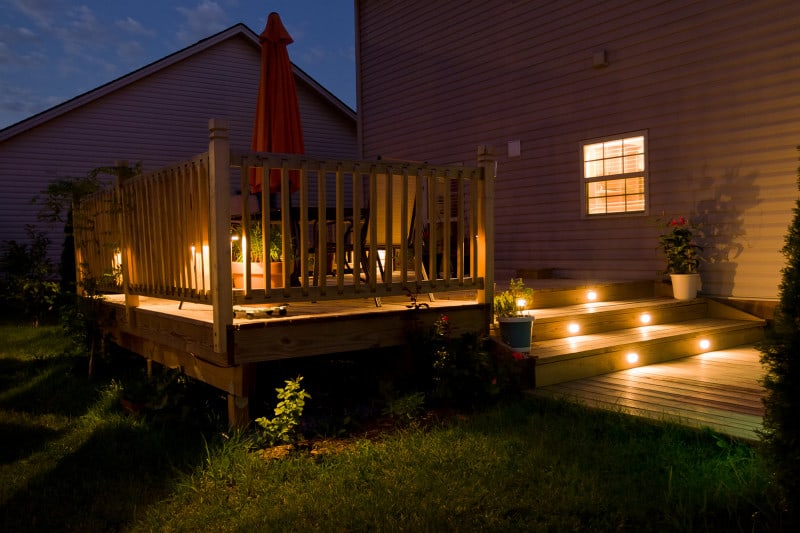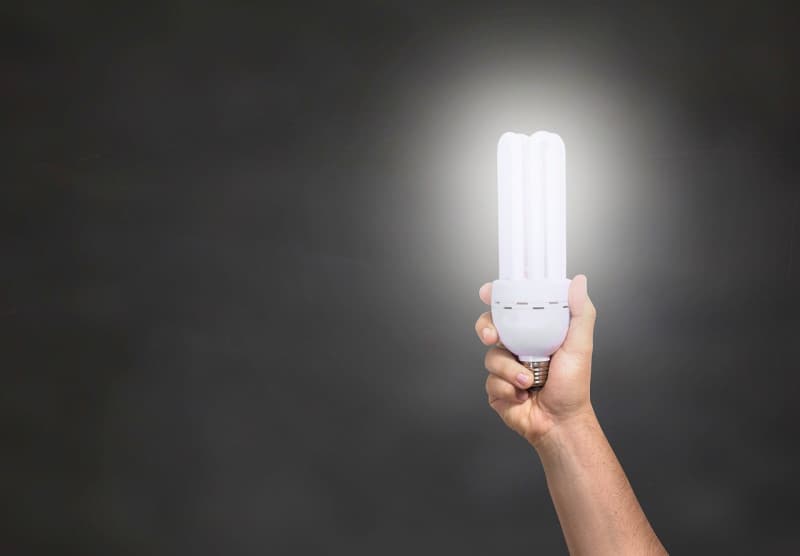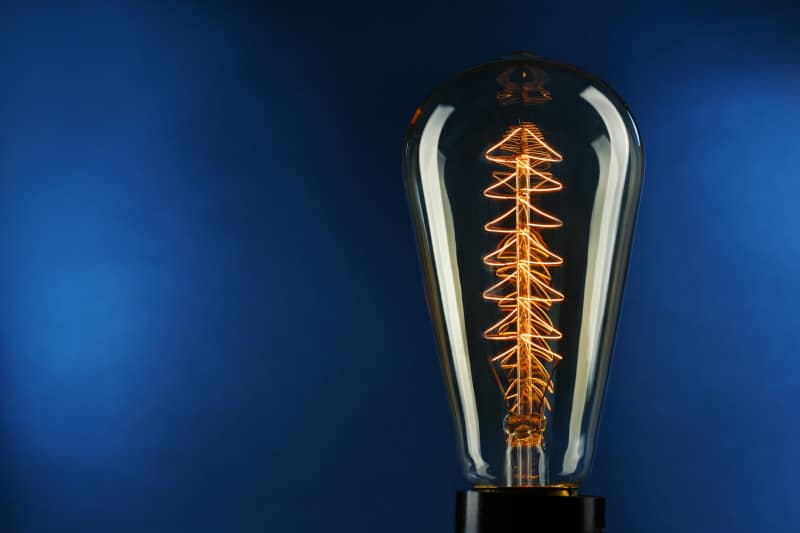Do you realize how much your lighting choices can influence the environment?
When making eco-friendly decisions for your home or workplace, it’s essential to weigh up the carbon footprint of various lighting options.
As worries about climate change intensify, grasping the environmental consequences of differing lighting choices has never been more crucial.
Our discussion will encompass the carbon footprints associated with a range of lighting alternatives, from traditional incandescent bulbs and energy-efficient LED bulbs to compact fluorescent lamps (CFLs) and natural lighting.
Each option’s environmental impact will be scrutinized, and we will propose ways to make greener choices.
As we delve deeper, you’ll understand why it’s more important than ever to reduce your carbon footprint via lighting choices, and you’ll be armed with the information needed to make mindful decisions for a more environmentally friendly future.
Understanding the Significance of Carbon Footprint in Lighting Choices
Carbon footprint refers to the total amount of greenhouse gases emitted into the atmosphere as a result of human activities.
Lighting options contribute significantly to carbon emissions, and the impact on the environment is huge.
For instance, traditional incandescent bulbs consume a lot of energy, release a lot of heat, and have a short lifespan.
This means that they contribute significantly to carbon emissions, making them an unsustainable option.
To reduce the carbon footprint of lighting options, it’s essential to consider renewable energy, eco-design, sustainable manufacturing, and energy consumption.
Renewable energy sources, such as wind and solar, are eco-friendly and sustainable.
They’re an excellent alternative to traditional sources of electricity, which rely on fossil fuels that emit greenhouse gases.
Eco-design and sustainable manufacturing practices ensure that lighting options are designed and produced with minimal environmental impact, reducing carbon emissions.
Carbon offsetting is another way to reduce the carbon footprint of lighting options.
It involves investing in projects that reduce or remove greenhouse gases from the atmosphere.
These projects could include tree planting, renewable energy projects, and energy-efficient lighting installations.
By offsetting carbon emissions, you can help to mitigate the impact of lighting options on the environment.
Understanding the significance of carbon footprint in lighting choices is essential to making a positive impact on the environment.
By considering renewable energy, eco-design, sustainable manufacturing, energy consumption, and carbon offsetting, you can significantly reduce the carbon footprint of lighting options and contribute to a more sustainable future.
Comparing Traditional Incandescent Bulbs with Energy-Efficient LED Bulbs
Switching to energy-efficient LED bulbs is like upgrading from an old, inefficient car to a sleek, high-performance electric vehicle.
Not only do LED bulbs reduce carbon emissions, but they also provide a range of benefits that make them an excellent choice for lighting.
Here are four reasons why LED bulbs are a better choice than traditional incandescent bulbs:
- Energy savings: LED bulbs use significantly less energy than traditional incandescent bulbs, which means that they can help you save money on your energy bill. According to the U.S. Department of Energy, LED bulbs use 75% less energy than incandescent bulbs.
- Cost effectiveness: Although LED bulbs are more expensive upfront than traditional incandescent bulbs, they last much longer and require less maintenance. Overall, LED bulbs are a more cost-effective choice for lighting in the long run.
- Lighting quality: LED bulbs provide high-quality, bright light that is comparable to natural daylight. They also come in a range of colors and styles to suit any lighting need.
- Durability: LED bulbs are much more durable than traditional incandescent bulbs. They are resistant to shock, vibration, and extreme temperature changes, which means that they are less likely to break or burn out.
In addition to these benefits, LED bulbs also have a lower environmental impact than traditional incandescent bulbs.
They’re made from materials that are recyclable and contain no toxic chemicals.
Switching to energy-efficient LED bulbs is an excellent choice for anyone who wants to save energy, reduce costs, and help protect the environment.
Exploring Compact Fluorescent Lamps (CFLs) and their Environmental Impact
By twisting in a CFL bulb, you’ll be illuminating your home while also decreasing the amount of energy you consume.
CFLs use up to 75% less energy than traditional incandescent bulbs. This means they can reduce your carbon emissions by up to 0.15 pounds per hour of use.
Compared to incandescent bulbs, CFLs have a longer lifespan of up to 10,000 hours. This means you’ll be using fewer bulbs and generating less waste.
While CFLs are a great energy-efficient option, there are some drawbacks to consider. One of the major concerns is the mercury content in CFLs.
Although the amount of mercury is small, it still poses a risk to human health and the environment if not disposed of properly.
In terms of cost comparison, CFLs are more expensive than traditional incandescent bulbs but less expensive than LED bulbs.
However, when you factor in the energy savings and longer lifespan, CFLs are a cost-effective option in the long run.
With proper disposal methods and careful handling, CFLs can be a great choice for reducing your carbon footprint while still providing ample lighting in your home.
The Role of Natural Lighting and its Carbon Footprint
Utilizing natural light can significantly reduce energy consumption and emissions, making it a sustainable and cost-effective choice for lighting design.
Daylighting, or the use of natural light to illuminate indoor spaces, has been shown to reduce energy consumption by up to 80% when compared to traditional artificial lighting sources.
This is because natural light does not require the use of electricity, and therefore does not contribute to carbon emissions from power plants.
Daylight harvesting techniques, such as using light shelves and light tubes, can optimize the use of natural light while minimizing glare and heat gain.
Passive solar design, which integrates natural light and heat into building design, can further reduce a building’s overall energy consumption and carbon footprint.
Incorporating biophilic design principles, which aim to connect building occupants with nature, can improve the overall health and well-being of individuals by reducing stress levels and increasing productivity.
In addition to its environmental benefits, natural lighting has also been shown to have numerous health benefits.
Exposure to natural light has been linked to improved mood, reduced stress levels, and better sleep quality.
Other Sustainable Lighting Alternatives and their Carbon Footprints
Looking for ways to be more eco-friendly with your lighting choices?
Consider exploring alternative options that not only reduce your environmental impact, but also offer unique design elements and cost savings.
Sustainable lighting options are becoming increasingly popular as people become more conscious of the impact their choices have on the environment.
From renewable energy sources to biodegradable materials, these options offer a range of benefits that traditional lighting options do not.
Renewable energy sources such as solar or wind power can be utilized to power lighting systems, reducing the carbon footprint associated with traditional electricity sources.
Biodegradable materials can be used in the production of lighting fixtures, reducing waste and minimizing environmental impact.
Eco-friendly designs can also be incorporated into lighting options, such as using natural materials or designing fixtures that are easily recyclable.
Zero waste production is another important aspect of sustainable lighting options, as it ensures that nothing goes to waste during the production process.
When considering sustainable lighting alternatives, there are some potential challenges or considerations to keep in mind.
For example, the initial cost of some sustainable lighting options may be higher than traditional options. However, the cost savings over time can outweigh the initial investment.
Some sustainable lighting options may require more maintenance than traditional options.
It’s important to carefully evaluate the pros and cons of each option to determine which is the best fit for your needs and budget.
Conclusion
So, you’ve learned about the significance of carbon footprint in lighting choices.
Now, let’s take a look at the carbon footprints of some popular lighting options.
LED bulbs are the clear winner here with the lowest carbon footprint compared to traditional incandescent bulbs and CFLs.
Not only do they use less energy, but they also last longer, reducing the need for frequent replacements.
But what about natural lighting?
While it may not be a practical option for all situations, maximizing natural lighting can significantly reduce your carbon footprint.
It’s worth considering when designing or renovating a space.
And let’s not forget about other sustainable lighting alternatives like solar-powered lights and motion-sensor lights, which also have low carbon footprints.
As the adage goes, ‘every little bit helps.’
Making small changes to our lighting choices can make a big impact on the environment. By choosing energy-efficient options and maximizing natural lighting, we can reduce our carbon footprint and work towards a more sustainable future.
Let’s make conscious choices and do our part to protect our planet.







